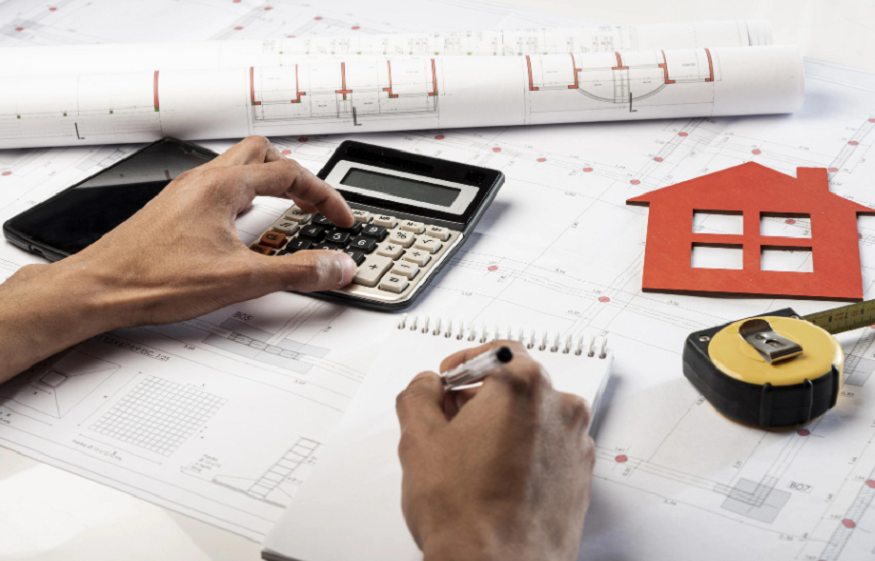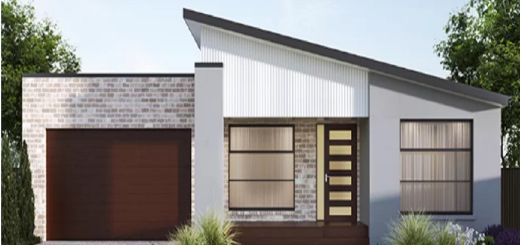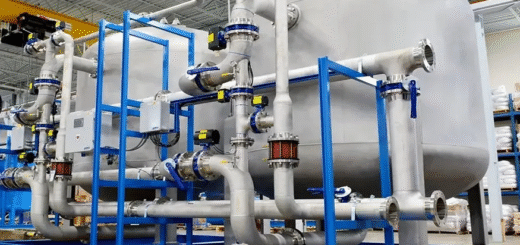Construction Loans: The Ultimate Guide to Financing Your Home Build

Building your dream home is an exciting but complex process, especially when it comes to financing. Unlike purchasing an existing property, constructing a home involves numerous costs including labor, materials, permits, and contractor fees. Construction loans is a specialized financing solution that helps homeowners cover these expenses while keeping the project on track.
In this guide, we’ll explain how construction loans work, the types available, eligibility criteria, benefits, and practical tips to ensure a smooth construction experience.
What Are Construction Loans?
Construction loans are short-term loans designed specifically to fund the building of a new home. Unlike traditional mortgages, which are based on the current value of an existing property, construction loans are based on the projected value of the home after construction.
Funds are typically released in stages, called “draws,” that correspond to specific milestones in construction such as foundation completion, framing, roofing, and finishing. This structured funding ensures that the money is used properly and allows lenders to monitor progress throughout the project.
How Construction Loans Work
Construction loans differ from conventional mortgages in several key ways:
- Application and Approval
To secure a construction loan, you must submit detailed construction plans, a budget, and a timeline. Lenders review your credit, income, and project feasibility. - Stage-Wise Disbursement
Funds are released in phases rather than as a lump sum, which allows better management of expenses and ensures money is spent on approved milestones. - Interest-Only Payments During Construction
Typically, borrowers make interest-only payments on the funds already disbursed during the construction phase. - Conversion to Permanent Mortgage
Many construction loans convert to a standard mortgage once construction is complete, eliminating the need for a separate mortgage application.
Types of Construction Loans
Several types of construction loans exist to meet different needs:
- Construction-to-Permanent Loans
These loans fund construction and automatically convert to a permanent mortgage, requiring only one closing. - Stand-Alone Construction Loans
Short-term loans that cover construction only. A separate mortgage is needed once the project is finished. - Renovation Loans
Designed for major renovations or expansions of existing homes. - Owner-Builder Loans
Allow homeowners to act as their own general contractor. These loans often require higher down payments and carry additional risks.
Eligibility Requirements
To qualify for a construction loan, lenders typically require:
- Good Credit Score – Usually 680 or higher.
- Stable Income – Proof of consistent employment and income.
- Low Debt-to-Income Ratio – Often below 45%.
- Detailed Construction Plan – Including blueprints, cost estimates, and a timeline.
- Down Payment – Typically 20–25% of the total construction cost.
Benefits of Construction Loans
Construction loans offer several key advantages:
- Comprehensive Funding
Covers all costs of construction including labor, materials, permits, and contractor fees. - Controlled Disbursement
Funds are released based on completed milestones, ensuring money is used effectively. - Single Loan Convenience
Construction-to-permanent loans combine construction and mortgage financing into one loan, reducing paperwork and closing costs. - Greater Oversight
Homeowners can monitor progress and ensure quality at every stage.
Steps to Secure a Construction Loan
- Prepare a Detailed Construction Plan
Include blueprints, material lists, and a timeline. - Estimate Your Budget
Account for all costs and include a contingency fund for unexpected expenses. - Select a Qualified Lender
Compare interest rates, fees, and experience with construction loans. - Submit Your Application
Provide financial documents, construction plans, and contractor details. - Loan Approval and Closing
Sign the loan agreement and prepare for construction to begin. - Monitor Progress and Request Draws
Funds are released only after milestones are completed and inspected. - Convert to Permanent Mortgage
Construction-to-permanent loans convert to a standard mortgage once construction is finished.
Tips for a Smooth Construction Loan Experience
- Hire Experienced Contractors – Reduces risk of delays and errors.
- Track Expenses Closely – Helps prevent overspending.
- Maintain Communication With Your Lender – Keep them updated on progress and changes.
- Inspect Work Regularly – Ensure each milestone is completed to standard before requesting funds.
Common Challenges
- Construction Delays
Weather, labor shortages, or material delays can slow progress. Include flexibility in your project timeline. - Cost Overruns
Unexpected expenses are common. A contingency fund helps manage additional costs. - Complex Approval Process
Construction loans require detailed documentation. Submitting accurate paperwork simplifies approval.
Conclusion
Construction loans are a crucial tool for financing a new home build. They provide funds at every stage of construction while offering flexibility and the option to convert into a permanent mortgage.
Understanding the types of construction loans, eligibility requirements, and best practices ensures a smoother process and successful completion of your dream home.












